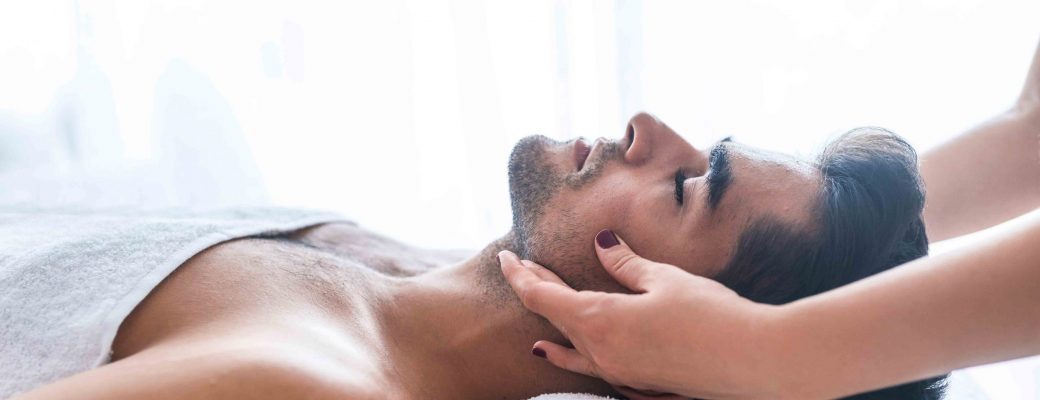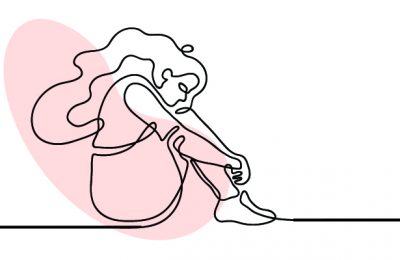How can spa operators perk up their client loyalty through retail programs? We asked five experts.
Manning Up: How to attract male clients, and keep them
Reluctant men become loyal clients when you understand their needs and expectations
It’s not as if men are strangers to the spa experience. A PwC report for the International Spa Association (ISPA) found 47 percent of spa-goers in the U.S. are already male; they’re mostly aged 25 to 44, and come from CA$66,000+ income households. They’re less cost-averse than women, and experience higher than average levels of stress. Roughly half are interested in other spa offerings, including hydrotherapy, acupuncture, mind-body experiences and aromatherapy.
From a product standpoint alone, the men’s grooming market for spas in 2018 was $50.4 billion and expected to exceed $60.7 billion by 2020, according to Euromonitor International. Skincare products that are professionally recommended, which most men prefer to over-the-counter, will hit $166 billion in 2022, according to Allied Market Research.
Clearly, men are buying into what spas are selling. So why do I believe that men are still an untapped market?
For starters, our programming and marketing efforts have been directed predominantly at women. This makes sense from a historical standpoint, but we’re behind the times. Euromonitor says that in 2018, more than 56 percent of U.S. male respondents admitted to using some sort of facial cosmetic-like foundation, concealer or BB cream at least once. In China, approximately one-fifth of men older than 25 years regularly apply lip tint and BB cream.
Men don’t visit spas for the same reasons women do. Yes, both sexes want to look as good as they feel. But while women go mainly to destress, men primarily want to regain vitality and wellness, relieve sore muscles or tackle skincare issues.
And while they may not be consciously seeking relief from our increasingly lonely, tech-centric world, men can gain at least as many of the mental benefits long enjoyed by women. In fact, a 2017 study at Oxford University found that men benefit more from face-to-face interactions (and activities) than women. For a tactile business like ours, that’s important to know.
Of course, not all men are the same. We need to be increasingly sensitive to, and respectful of, the many shades of gender identification in clients nowadays. Providing custom-tailored treatments and prescriptions will become increasingly important in a world where sexual orientation might be considered non-binary.
Also bear in mind that spa visitors vary enormously in terms of experience and level of sophistication – from first-timers to veterans.
In my days as a full-time skin therapist, I found men to be rewarding clients – open to learning and appreciative of the time I took to educate and inform them and answer their questions. Many turned into loyal return clients for treatments and products.
Day spas have done an exceptional job of attracting and retaining female clients, in my experience. But now that it’s 2020, what do we need to do to attract and retain more men?
Facility equality
In the past I would (and still do) advise spa developers wanting to minimize men’s amenities that equalizing facilities for women and men will attract more men. As an example, a client in an urban area that implemented my advice grew their male clientele to 50 percent, from only five percent, in less than 18 months.
Design with man-friendly décor and amenities
I’m not suggesting that you mount a stuffed moose head over your entrance, but setting up your facility to offer men as enriching an experience as your female clients receive will make them feel valued and welcome. That means, for example, shunning overly feminine décor in favour of designs, colours and architecture that appeals to both sexes. Flowery scents and pink walls may send Jack packing. Men aren’t comfortable being treated as an afterthought – and they can tell when they’re not valued.
Create authentic customer journeys
Men are loyal, but in my experience, not as knowledgeable as women about treatments, product ingredients, etc. Men want consistency in products and services, and like being treated with warmth, respect and professionalism. When they get these things, they’ll come back – and likely evangelize your business to their pals.
Nine musts for dealing with men
1) Educate them – bearing in mind their age when deciding how much knowledge they need. A teenager with acne, for example, may require more guidance establishing his skincare routines in concert with grooming care. Older men will be more open to suggestions on skin regeneration and well-being.
2) Men want detailed skin analyses. Avoid feminine terms such as “pampering,” “soothing” or “calming.” Instead, choose stronger words like “vibrant,” “energized” and “vital.”
3) Men want to clearly understand the benefits of products and treatments you suggest, without being overloaded with technical jargon. Start by giving them a simple, custom-designed routine for their skin.
4) Appeal to a man’s desire to feel more confident and youthful. Suggest things like peels, skin regenerating treatments and laser resurfacing. Chances are he’ll be open to your recommendations.
5) Be bold and confident. Uncertainty and inexperience irritate men (and all spa-goers, for that matter). People today have no time to waste; they want results yesterday.
6) Don’t laugh at “dumb” questions. Although it may seem unsophisticated to you, most men would consider a question like, “When do I use a cleanser?” to be perfectly reasonable. Keeping the atmosphere warm, friendly and professional will keep him engaged.
7) Create a safe space. Massage is the number one treatment for men, so it’s important to train the team to deal with inappropriate behaviour – particularly in hotels and resorts. Empowering your team members with clearly articulated boundaries keeps everything professional.
8) Don’t try to “sell” men. They want to buy skincare products as we all do, but they don’t want that yucky, impersonal sense of being “sold” to. Instead, show them how a product feels on their skin. Let them see and feel its effects for themselves.
9) Keep it simple. Men generally appreciate straight talk and brevity and are uncomfortable waiting around. They are also less price-sensitive than most women.
Once you’ve established yourself and your facility as a trusted, credible resource, your male clients will be open to new treatments and product suggestions. In the medi-spa market for men, for example, we see an uptake in all kinds of treatments: broadband light therapy (BBL), laser hair removal, platelet-rich plasma (PRP) for hair regrowth and skin regeneration, neuromodulators such as Botox, fillers and tattoo removal. And I’ve already mentioned the potential arrival of makeup for men.
One word of caution before you start overhauling your marketing strategies and bringing in a new interior designer and construction crew: In terms of products, at least, the gender gap may be narrowing. According to NPD’s iGen Beauty Consumer report, nearly 40 percent of young (18-22) adults are interested in gender-neutral beauty products.
But until (and if) the day of gender neutrality for products and services arrives, consider a more man-friendly approach – while treating each new male prospect as the unique individual he probably is.
If he leaves happy, chances are he’ll be back.




